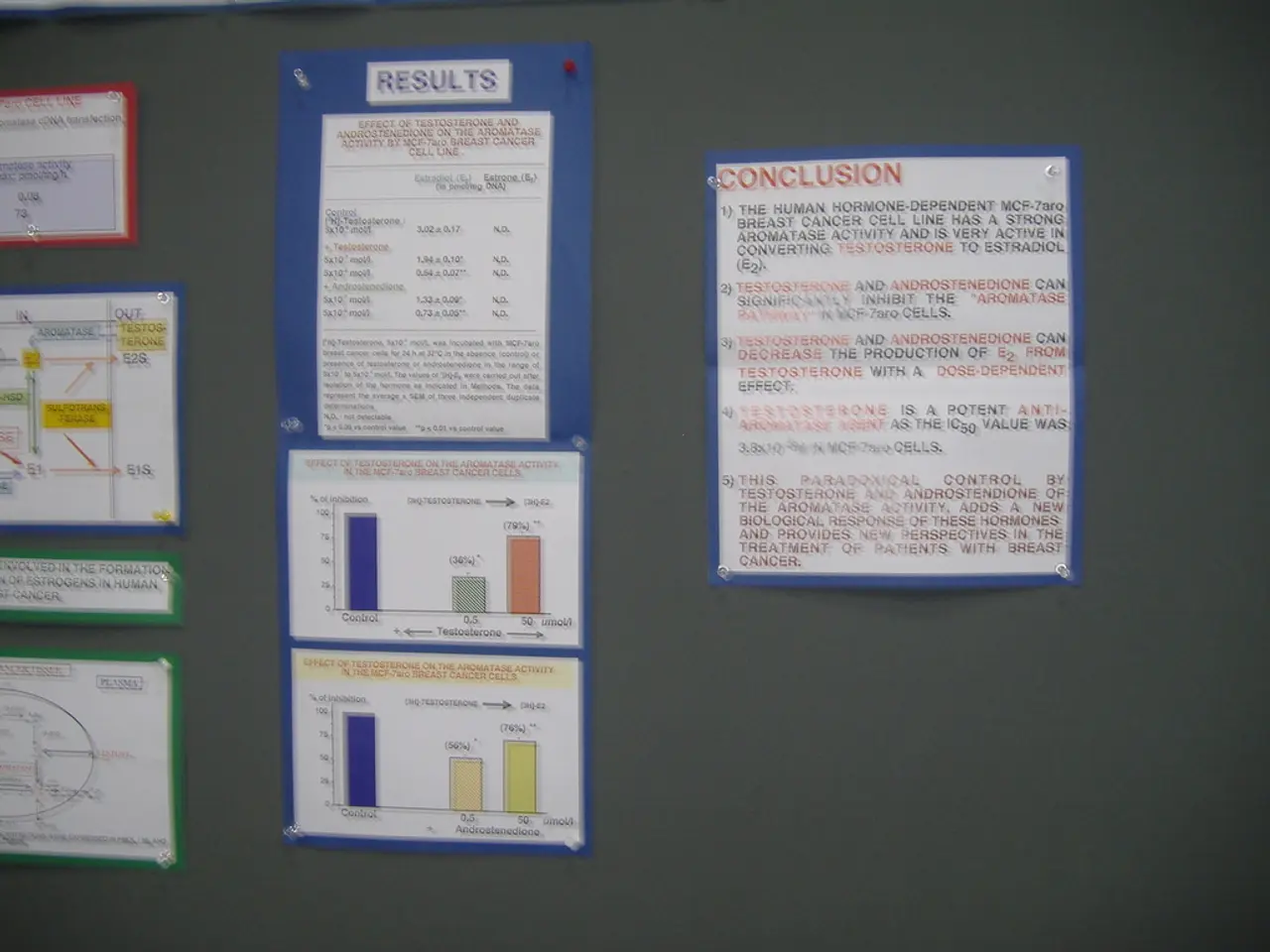Investment landscape in Vietnam experiencing fluctuations due to Singaporean involvement
In the dynamic world of international trade, Singaporean investors are finding themselves in a new landscape as they expand their businesses in Vietnam. With the US imposing a 20% tariff on Vietnamese exports, Singaporean companies operating in sectors such as electronics, solar, steel, and automotive are feeling the impact.
The tariff, which has remained stable since a July 31, 2025 executive order, has increased costs and reduced profit margins for exporters in Vietnam, including those linked to Singaporean businesses. This change has led to a series of operational and strategic responses by businesses.
One of the most significant challenges is higher export costs and reduced competitiveness in the US market. The 20% tariff on Vietnamese products makes it more difficult for companies to compete with their rivals. To counteract this, many businesses are diversifying their export markets beyond the US, towards Japan, South Korea, and the EU, to mitigate tariff risks.
The pressure on profit margins and input costs is particularly evident in industries with short product cycles or heavy dependence on exports to the US. For instance, the electronics and automotive parts sectors are feeling the squeeze. To cope, businesses are exploring ways to reduce costs, improve efficiency, and find alternative markets.
The US tariffs also pose challenges in supply chains. With production costs increasing, there is a risk of reciprocal measures. This makes sourcing inputs and final goods more complex and costlier, affecting sectors like steel and solar that rely on international trade flows.
In response, Vietnam is increasing localization and moving towards higher value-added production to counteract tariff impacts. This approach is being seen in textiles and manufacturing, but similar pressures could influence manufacturing in electronics and steel sectors.
Despite these challenges, Singaporean investors remain committed to Vietnam. They are building resilience and agility into their investment strategies, focusing on sectors positioned to benefit from global supply chain diversification. These include electronics assembly, consumer goods manufacturing, industrial equipment, logistics infrastructure, and renewable energy.
There is also a rising interest in environmentally friendly, socially responsible, and governance-compliant industrial parks and zones in Vietnam. This aligns with Singapore's commitment to sustainable and responsible investment practices.
Quang Ninh province, for instance, has registered a second investment from Singaporean investors this year. This demonstrates the continued interest and confidence Singaporean investors have in Vietnam's potential.
Effectively structured joint ventures enable market entry without infringing on regulations in sectors with foreign ownership restrictions or conditions. This strategy allows Singaporean investors to navigate the complexities of Vietnam's business environment while still capitalising on the opportunities it presents.
In conclusion, the US tariffs have imposed increased costs and export barriers to the US market for Singaporean businesses operating in Vietnam. However, these businesses are adapting their strategies, supply chains, and market focus to navigate these challenges and remain competitive.
- In light of the increased costs and reduced competitiveness in the US market due to the tariff, Singaporean businesses are exploring ways to improve efficiency and find alternative markets, focusing on sectors like electronics assembly, consumer goods manufacturing, industrial equipment, logistics infrastructure, and renewable energy.
- To counteract the pressure on profit margins and input costs in industries with short product cycles or heavy dependence on exports to the US, businesses are also looking into ways to reduce costs, such as building resilience and agility into their investment strategies, and considering environmentally friendly, socially responsible, and governance-compliant industrial parks and zones in Vietnam.




